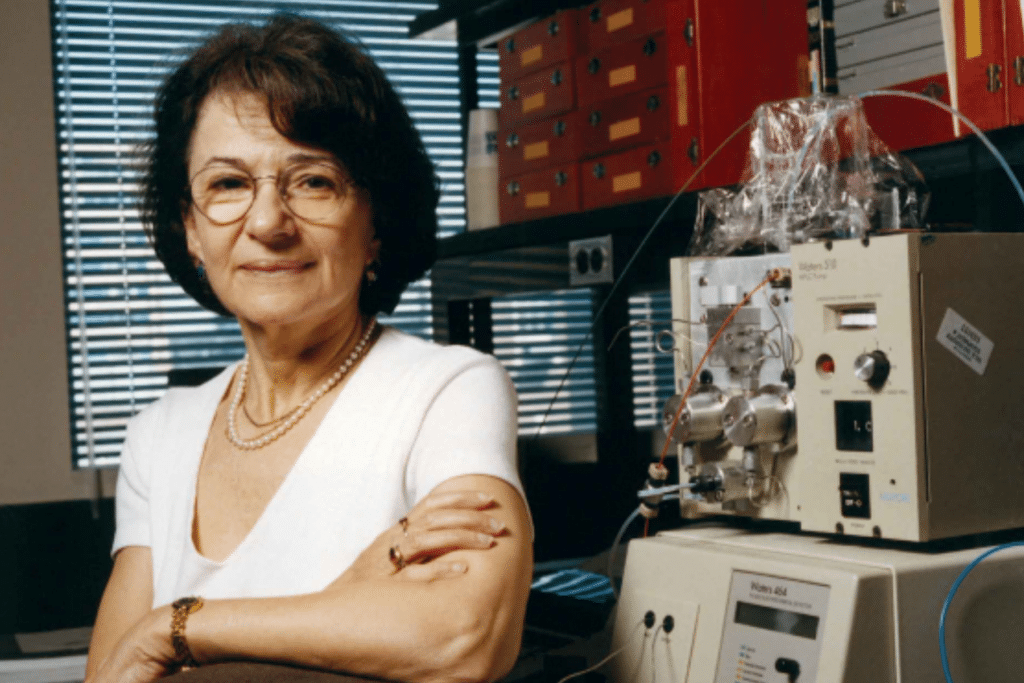September is Women in Medicine month, a perfect time to pay tribute to Patricia S. Goldman-Rakic, PhD, a world-renowned neuroscientist and trailblazer. Dr. Goldman-Rakic first defined the nature and function of the prefrontal cortex. Because of her pioneering neuroscience research, physicians and neuroscientists better understand the connection of neurobiology to cognitive function — now a foundational approach to Alzheimer’s, dementia, Parkinson’s, cerebral palsy, and other neuropsychiatric disorders.
Studies on Early Brain Development
Early on, Dr. Goldman-Rakic’s studies examined the fluidity of the brain in its early development, and the nervous system’s capacity to repair itself, compensating for injuries. She was among the first to use radioactive tracers to follow brain cell activity, which revealed numerous influences on brain development, including age and gender.
Pioneering Investigation of the Prefrontal Cortex
The prefrontal cortex was little studied prior to Dr. Goldman-Rakic’s research in the 1970s. It was conventionally thought to be too complex. However, Dr. Goldman-Rakic used new anatomical tracing methods to visualize the brain’s circuitry, proving the prefrontal cortex had its own modular architecture. In 1979, she wrote about the different concentrations of dopamine within the prefrontal cortex, and how its depletion resulted in memory deficits.
Identifying a Working Memory
In the early 1990s, Dr. Goldman-Rakic and her colleagues were able to map the memory fields of the prefrontal cortex as modules arrayed in columns, suggesting an active memory system therein. This discovery went against the long-held belief that memory had a single locus in the brain. From there, she investigated whether circuits defined function at the cellular level. She also identified delay-related activity as the cellular basis for working memory.
“Working memory provides … the temporal and spatial continuity between our past experience and present actions,” she wrote. “Working memory has been invoked in all forms of cognitive and linguistic processing and is fundamental to both the comprehension and construction of sentences. It is essential to the operations of mental arithmetic, to playing chess … to fantasizing and planning ahead.”
Influence on BrainCheck
Dr. Goldman-Rakic’s insights meant a much deeper, evidence-based understanding of mental illness and cognitive disorders, the perception of which had been largely speculative prior to her work.
Our work assessing and tracking cognitive decline builds upon her pioneering neuroscience research and legacy. BrainCheck’s capabilities would not be possible without the groundbreaking strides she made in understanding the prefrontal cortex and working memory at a time when few scientists — let alone women — were studying this complex area of the brain.
Learn about the cognitive science behind BrainCheck »
Photo courtesy of Vassar College.


